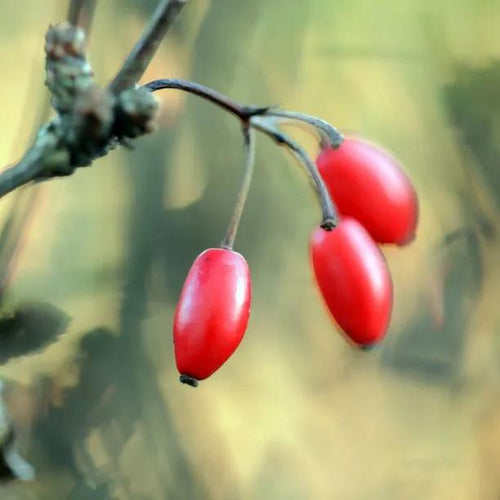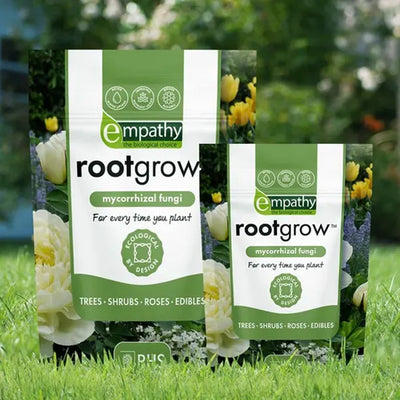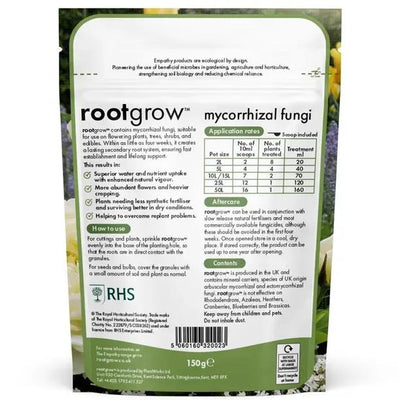Green Barberry Hedge Plants
-
Use: Secure hedge, specimen shrub
-
Height: Up to 2m
-
Growth: Medium. Dense, thorny habit
-
Soil: Any well-drained soil
-
Light: Sun to partial shade
-
Type: Deciduous thorny shrub
-
Species: Berberis thunbergii
- RHS Plants for Pollinators
-
Bareroot Delivery Only: Nov-March
Appearance, Growth & Uses
Berberis thunbergii is the classic green form of Japanese Barberry. This compact deciduous shrub reaches nearly 2 metres, perfect for secure boundaries without towering height.
Each spring brings clusters of small, sweetly fragrant yellow flowers that glow against the fresh green foliage.
Summer sees bright red berries develop, persisting well into autumn as the leaves transform into hot red-orange before dropping for winter.
As a specimen shrub, the graceful arching stems create an elegant fountain shape.
The dense growth provides nesting sites for small birds, while spring flowers support bees and pollinators from April through June.
Features
Growing Conditions
-
Soil: Any well-drained including clay and chalk
-
Light: Sun to partial shade
-
Moisture: Well-drained, drought tolerant
-
Avoid: Waterlogged sites, deep shade
-
Maintenance: Clips well, very tough
-
Hardiness: Very hardy, coastal and urban tolerant
Thrives in virtually any well-drained soil. Best flowering and autumn colour in sunny positions, but grows reasonably in partial shade.
Tolerates coastal salt spray, urban pollution, and exposed windy sites.
Won't tolerate waterlogged soil or deep shade.
Garden Design Ideas
Mix with purple-leaved Berberis atropurpurea for dynamic colour contrasts throughout the seasons.
As a specimen, position where arching stems have space to develop their graceful form. Looks striking against darker evergreen backdrops like holly or Pyracantha, which showcase the autumn foliage.
Underplant with late-flowering daffodils that echo the yellow flowers, or early tulips for spring colour harmony.
In wildlife gardens, plant to maximize dense cover for small and ground-nesting birds like wrens, robins, and blackbirds.
History & Trivia
A Japanese native, barberries have become widely naturalised in China and North America, so much so that they're regarded as invasive in the Great Lakes and North East of the USA.
The spines are highly modified leaves, rather than true thorns.
In the past, the Chinese extracted the chemical berberine from the wood and bark to make dye, known today as "natural yellow 18", mainly for paper and silk.
This species was introduced to Europe from Japan in the 1860's. It's named after Karl Peter von Thunberg, one of the "apostles of Carl Linnaeus", who first described it around 1784.
We consider it as having an honorary RHS Award of Garden Merit, in that it doesn't hold one itself, but several of its cultivars do.








 Secure, One-Tap Checkout
Secure, One-Tap Checkout
 Hand Picked, Delivered to Your Door!
Hand Picked, Delivered to Your Door! 1 Year Bareroot Guarantee
1 Year Bareroot Guarantee






